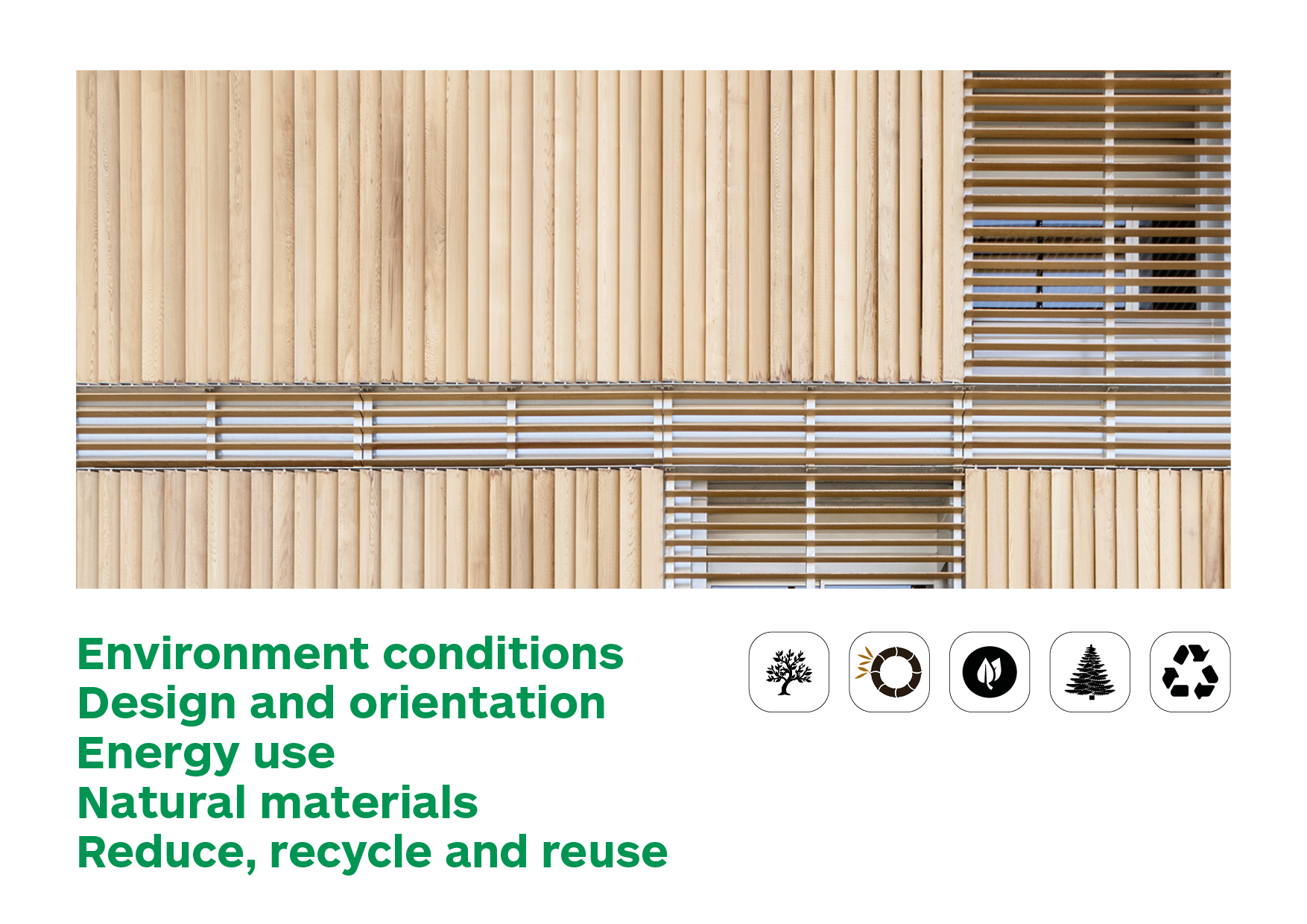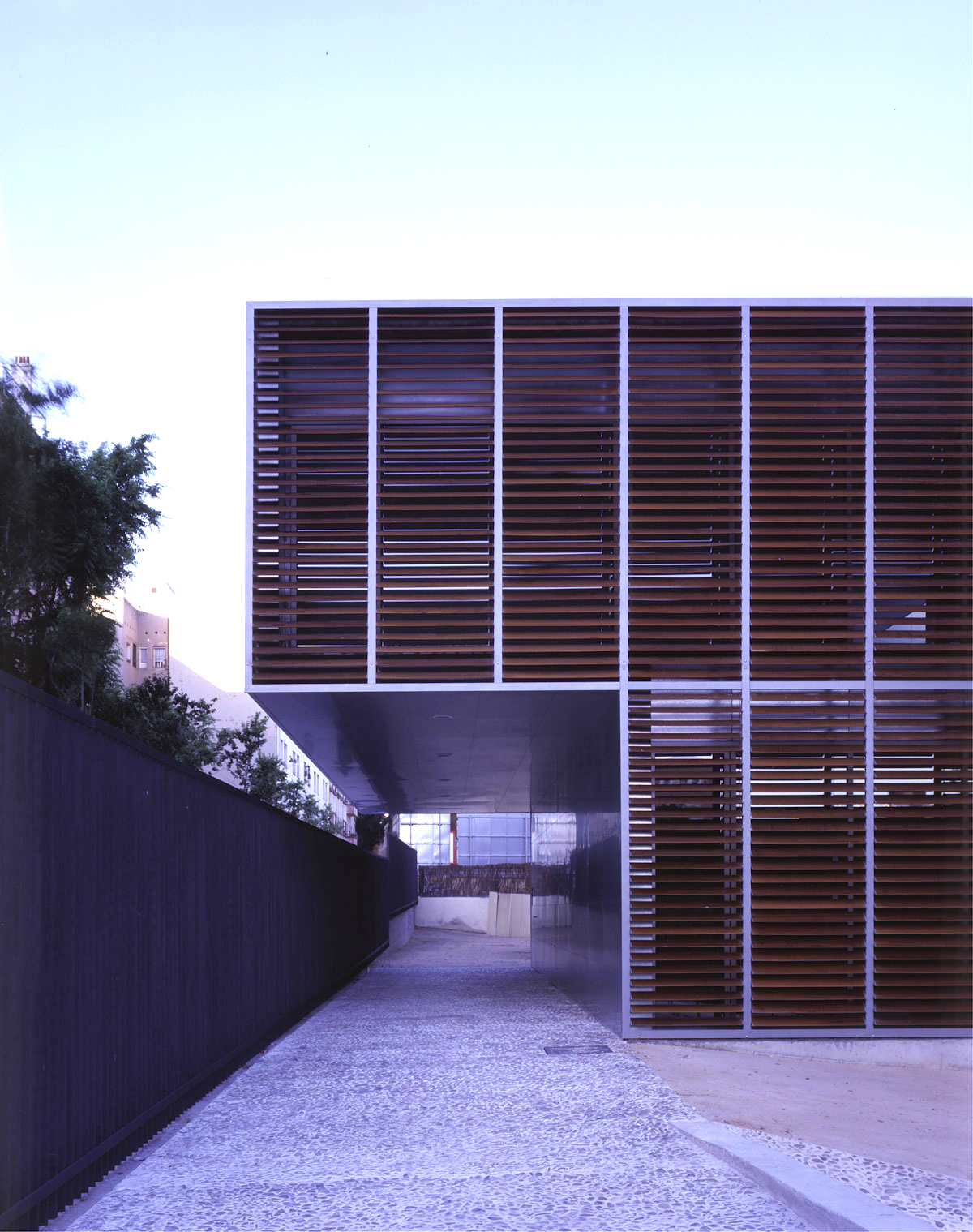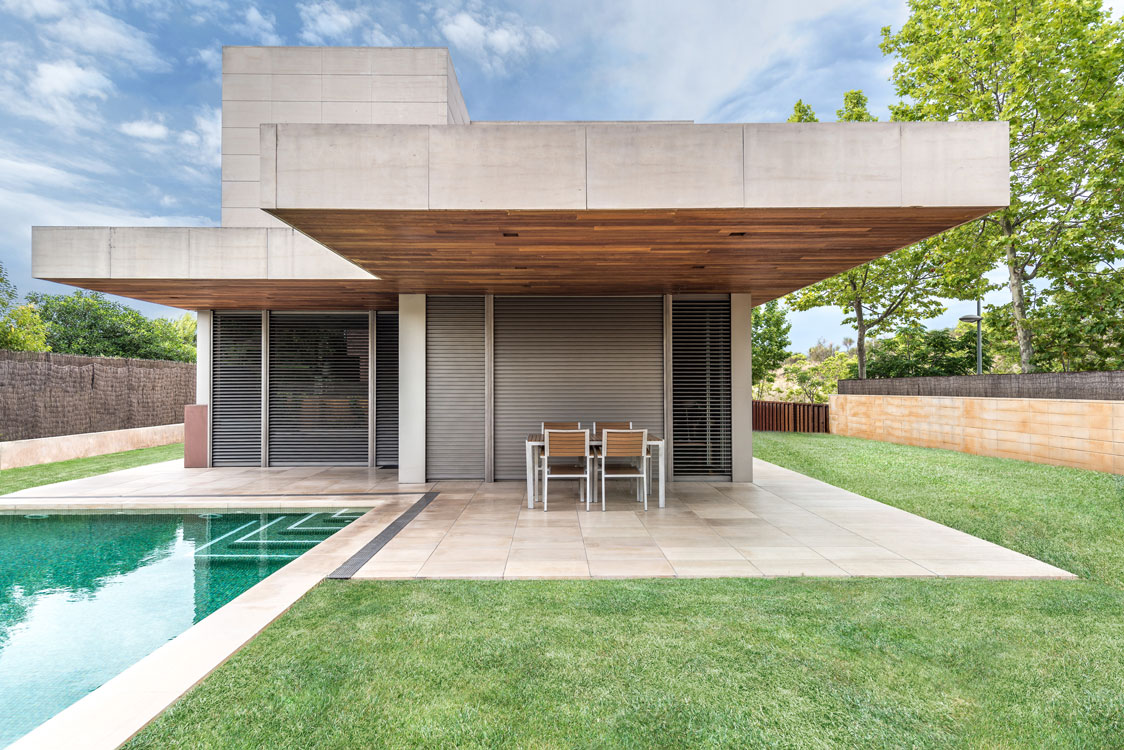What is Sustainable Architecture?
“Sustainability, as a paradox of artifice, poses new issues: confronting the planet democratically is a necessity that brings us straight to the environmental question. […] Human beings consume the Earth’s capital more rapidly compared to nature’s capacity to regenerate itself. A sustainable home doesn’t erode the planet’s bio-capacity, but exists in harmony with it, and is thus able to ‘sustain’ it” said Enzo Calabrese.

This definition already shows some of the techniques and basic pillars of Sustainable Architecture:
1. Environment conditions study: it is important to take into account the environment where it will be carried out through an exhaustive analysis of the territory, the location, the climatic conditions of the area, ventilation, trees or surrounding buildings that can prevent the entry of natural light, etc.
2. Design and orientation: An optimal orientation is an important aspect to minimize the energy consumption. With the light direction and solar radiation enter is as suitable it´s possible to take advantage of this natural heat source. A design aligned with the solar orientation allows you to take advantage of the sun's position to capture the most light during the day.
3. Determinate how energy will be used and conserved: In addition to ensuring excellent insulation, the use of adjustable blinds and blinds contributes to energy efficiency. It is also important to consider the use of renewable energy such as solar panels and photovoltaic panels, wind power generators, etc. There are currently several ´environmentally friendly´ options.
4. Use natural, recycled or recyclable materials: It is important to have sustainable materials in order to minimize the environmental impact of buildings, for example, by selecting natural materials such as roof coverings, facades and roofs. Using recycled materials to manufacture our louvers systems allows us to reduce expenses, save on resources and reduce our environmental footprint by minimizing CO2 emissions.
5. Reduce, recycle and reuse waste: Related to the previous point, the reduction or elimination of waste from the environment is a key point of sustainable architecture, which has begun to incorporate cardboard and metal as easy elements to recycle and reuse through processes manufacturing and thus be able to integrate them back into the chain and reduce their environmental impact. It is also important to avoid contaminating materials that may be a health risk to the occupants.
The Sustainable Architecture is a current necessity, both in the construction of a new plant and in rehabilitation interventions, to contribute to the energy efficiency of the building and the care of our surroundings, because in Gradhermetic we believe that architecture must also sustainability. Therefore, our protection systems help raise the score in the evaluation of obtaining sustainable building certificates such as PASSIVHAUS, BREEAM, LEED and GREEN. Certificates aimed at improving sustainability.
Products used Gradhermetic
-

CL W 35 Cedro
Gradpanel Serie CL W 35 Cedro
-

P W 140 Cedro
Gradpanel Serie P W 140 Cedro
-

P W 140R Bamboo
Gradpanel Serie P W 140R Bamboo
-

SuperClassic
Persiana enrollable orientable



